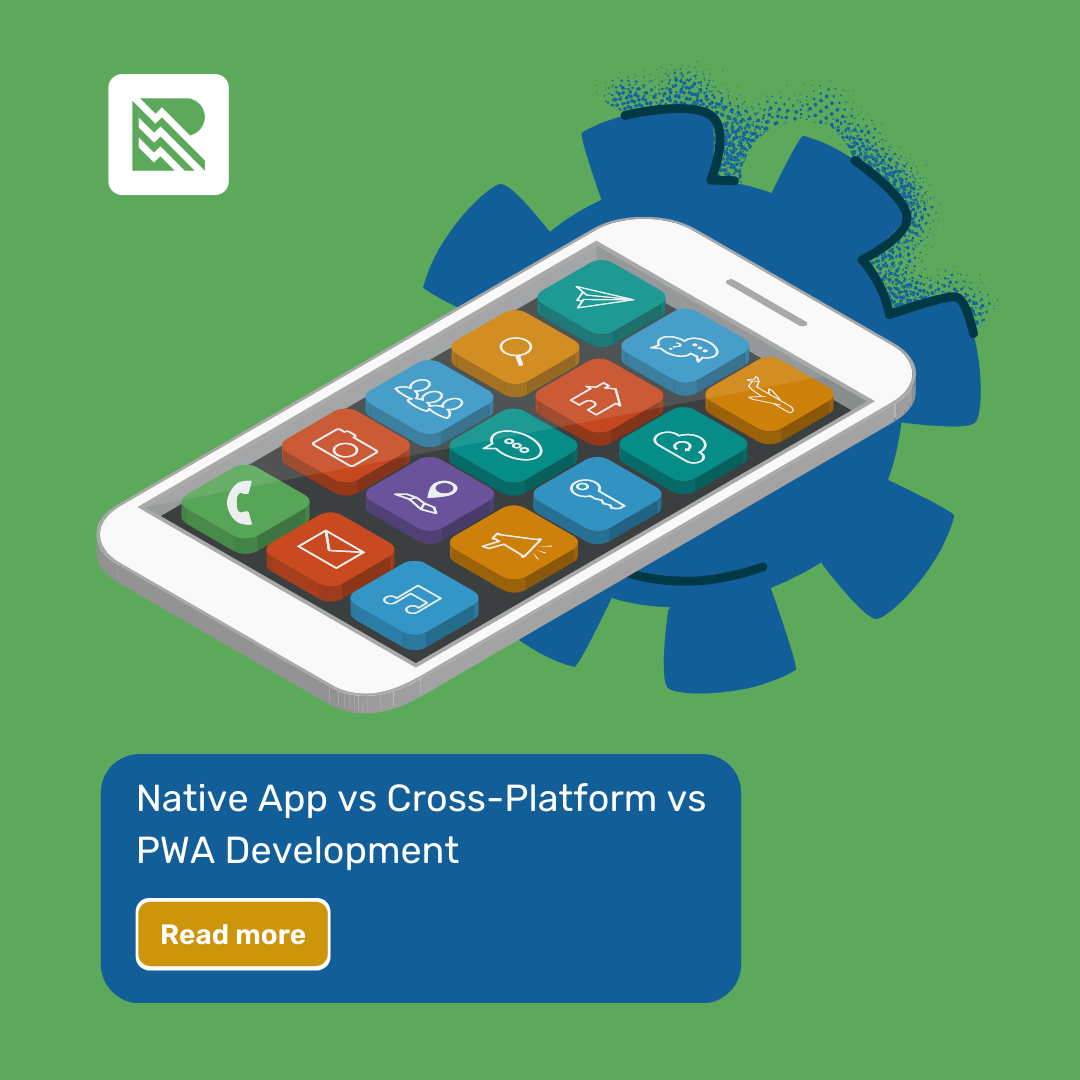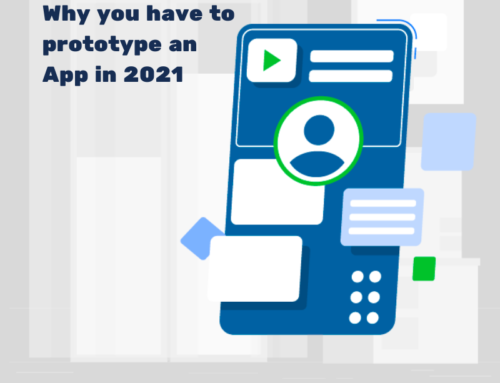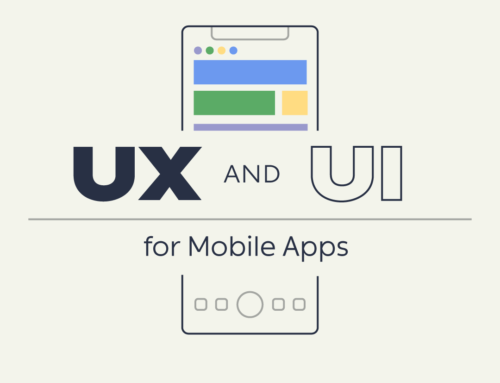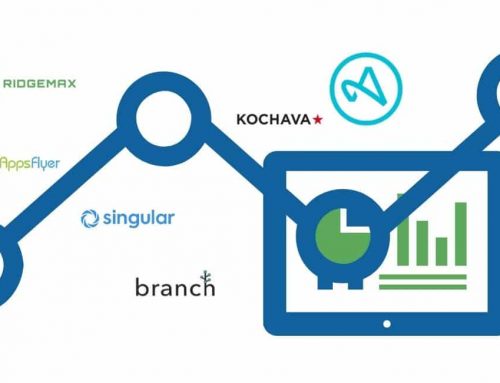Native App vs Cross-Platform vs PWA Development: Which one is a perfect choice for your business?
Building an app is a great way to achieve your business goals, no matter what you strive to accomplish whether it is brand awareness or an additional source of revenue. An app is very often the brand itself, generating large-scale amounts of revenues while providing a seamless customer experience across every mobile device. Whether it’s a part of the existing business or it is the business, building an app, and establishing a stable and consistent business process around it is not an easy task. Native app, cross-platform app, or PWA? Which one is the perfect choice?
This is not only true from a development point of view but also from a business development perspective. Before you hit that button “Get an App Proposal” there are steps that should be taken in order to understand what type of application will suit your business needs.
First, define the purpose of the app. Clarify if it’s supposed to improve the user experience, make money, entertain your users, or all of that? Second, decide the minimum and maximum budget. Finally, name at least one person from your team responsible for tracking the development process and overseeing the business development. With all of these questions answered, it’s much easier to understand what technologies development teams can use based on the budget and your needs, but also, what type of maintenance, and UX design to implement.
In this post, we will cover three main types of mobile application that can serve different types of industries. After reading it, you’ll be able to understand:
- What type of technology will be a good choice for the mobile application you need?
- How long does it take to build that app? (approximately)
- What type of questions you need to ask before you dive into the app development process?
Table of contents:

Native Apps
Native apps are written separately for each device, using a different tech stack for iOS and Android. Usually, this approach requires a team with more experience and specific knowledge, which makes its price higher between 15% – 25% compared to cross-platform development or PWA. Android applications are written in Java or Kotlin, and iOS is built with Objective-C and Swift. If you go to our product page, you’ll see that we are fans of native apps, and that’s for a reason. There are at least two unbeatable advantages of native app development that guarantee our clients what we call “core values”. Those are app security and app performance.
While hybrid and web apps mostly depend on system browser security, cross-platform and native apps are safeguarded by various layers of an OS, which makes them hard to abuse.
As you can access the mobile device’s utilities (using API) like the camera, microphone, geolocation, swipe gestures, etc., this type of development is suitable for building any kind of app, starting from news apps, games, entertainment apps, etc.
Let’s see what are further pros and cons of Native app development.
Pros
- The most reliable, fastest, and most responsive user experience for users.
- App icon available on the device
- Push notifications
- Runs inside the operating system
- Runs offline
- Can access all of the mobile device’s utilities
- Stable performance
Cons
- More expensive than other app types
- Requires regular updates and maintenance
- Time-consuming development
How long does it take to build a Native App?
- Writing a project brief: 1 – 2 weeks
- Researching your ideas with the developers: up to 3 weeks
- Design sprints: 3 – 5 weeks
- Development and prototyping: 7 – 12 weeks
- Deploying to the app stores: 2 weeks max.
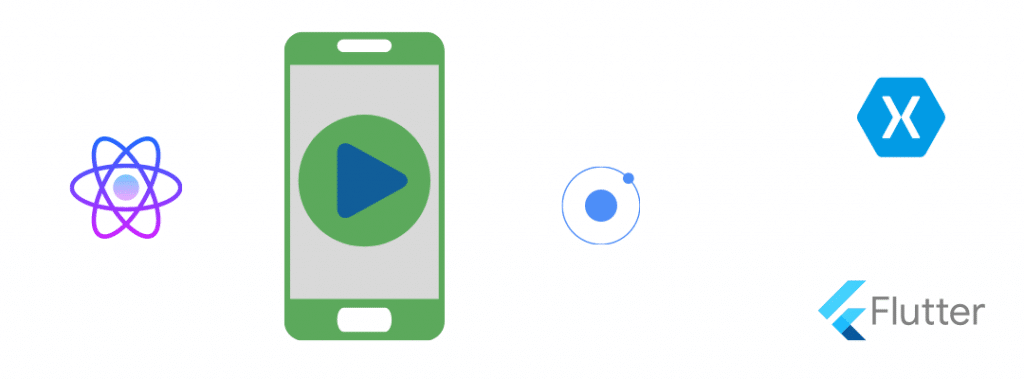
Cross-platform Apps
From the user perspective, the experience with cross-platform is quite similar to native development as the result at the end of the process is quite the same – a fully functional native app. The biggest difference between the two approaches is the codebase. Cross-platforms allow writing one code for both platforms at the same time, while it’s not possible with native app development. Since it requires only one developer who is skilled to work with cross-platform technologies, it usually means lower development costs and less time. The most popular cross-platform frameworks are Facebook powered React Native, Google’s Flutter, Xamarin, Ionic.
Let’s see what are the pros and cons of cross-platform development.
Pros
- Less time for development, and more affordable than native development
- The ability to access most of the mobile device’s APIs
- Strong community support
- Performance requirements for a wide range of applications
- App icon appears on screens
Cons
- Technologies are changing fast, and have been replaced with new ones (NativeScrip has been replaced with React Native; Flutter is increasing over React Native)
- It’s hard to find and hire experienced developers
- Because of lack of expertise, sometimes it takes longer than native app development
- Limited consistency with the UI components of the device
- Lags and hardware compatibility issues may occur
How long does it take to build a Native App using cross-platform technologies?
- Writing a project brief: 1 – 2 weeks
- Researching your ideas with the developers: up to 3 weeks
- Design sprints: 3 – 5 weeks
- Development and prototyping: 5 – 10 weeks
- Deploying to the app stores: 1 – 2 weeks
Progressive Web Apps
Progressive Web Apps are a powerful hybrid of regular web pages (or websites) and a mobile application. If your main goal is to increase user engagement without much need to access device utilities, then a progressive web app may be the perfect choice. Some of the world’s most famous brands like Uber, Pinterest, and Spotify use PWAs. Even though it’s been Google supported, and with a fast-growing community, the concept of Progressive Web Apps is still new to people. To get a better understanding of it, we’ll address the main benefits of such apps. The rich user-experience delivers great results in terms of higher conversions, increased retention rates, and decreases in bounce rate. It runs through browsers over an HTTPS connection, which boosts the security of the app. The most important feature that makes it native-looking is offline accessibility. Even offline, users can perform different types of actions like accessing the main app content or adding products to the cart.
Pros of PWAs
- Some parts can be accessible offline
- Icon visible on screens
- Fast, and conversion-friendly performance
- Indexable – this type of app is indexed by search engines
Cons of PWAs
- iOS support from version 11.3 onwards
- Higher battery consumption
- Support for offline execution is partial
- Limited access to hardware components
How long does it take to build a Progressive Web App?
- Writing a project brief: 1 – 2 weeks
- Researching your ideas with the developers: up to 3 weeks
- Design sprints: up to 3 weeks
- Development and prototyping: 5 – 7 weeks
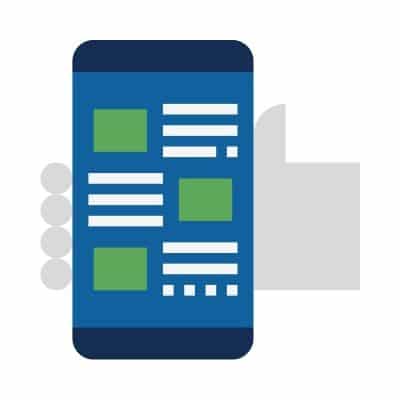
Conclusion
As we said at the beginning, this isn’t going to be an easy job, but it’s far from impossible. Plus, knowing that you are going to have a channel that can increase value should be a good reason to start making a list of features you need to see there.
If you are not a tech person and all of these terms are confusing, don’t worry. Instead of trying to understand the tech stack, focus on the goals you want to accomplish. When you get to understand the business side of the app, you’re ready to dive deeper into details. If there are questions we haven’t answered in this post, drop us a message. We’d love to help you get a better perspective of app development.
Pro tip: Don’t forget to define milestones. Milestones are crucial, not only to track the progress of development but to understand the whole cycle, from the start to the day the app is fully operative.

